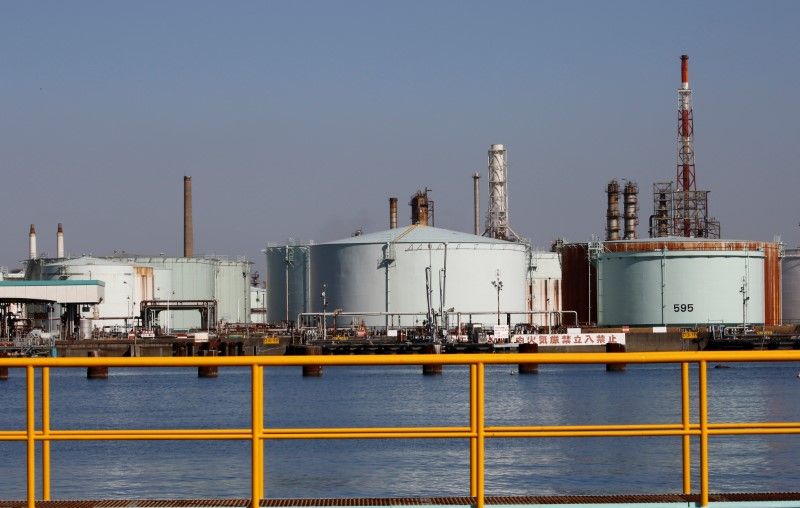
Gas Prices Climbing Despite Draining the Strategic Petroleum Reserve
This content is restricted to site members. If you are an existing user, please log in. New users may register below.

This content is restricted to site members. If you are an existing user, please log in. New users may register below.